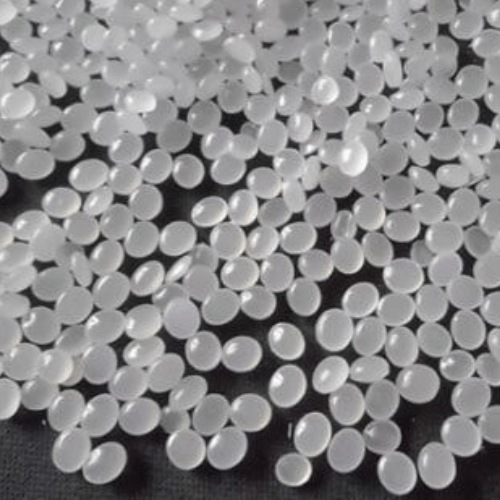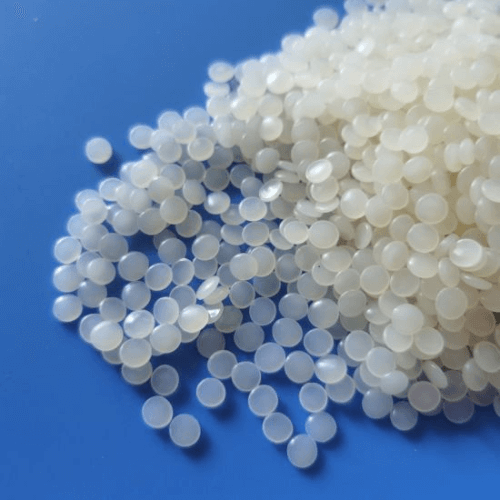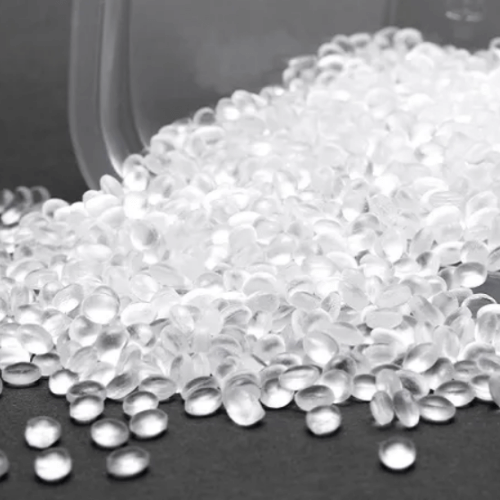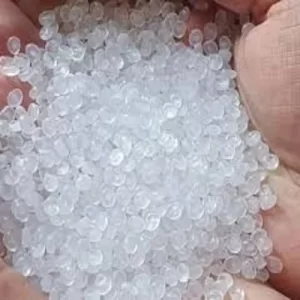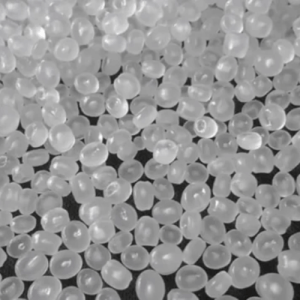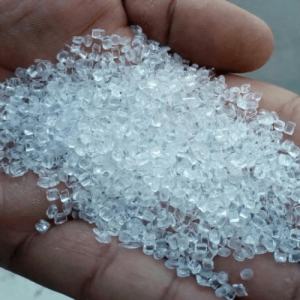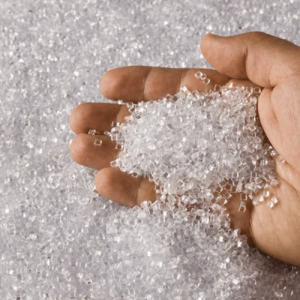Description
Abbreviation: PE
Polyethylene (PE) is a widely used thermoplastic polymer that belongs to the family of polyolefins. It is created through the polymerization of ethylene, a hydrocarbon gas derived primarily from natural gas or crude oil. PE is known for its versatility, high strength-to-weight ratio, and excellent chemical resistance, making it one of the most prevalent and important plastics in the world.


